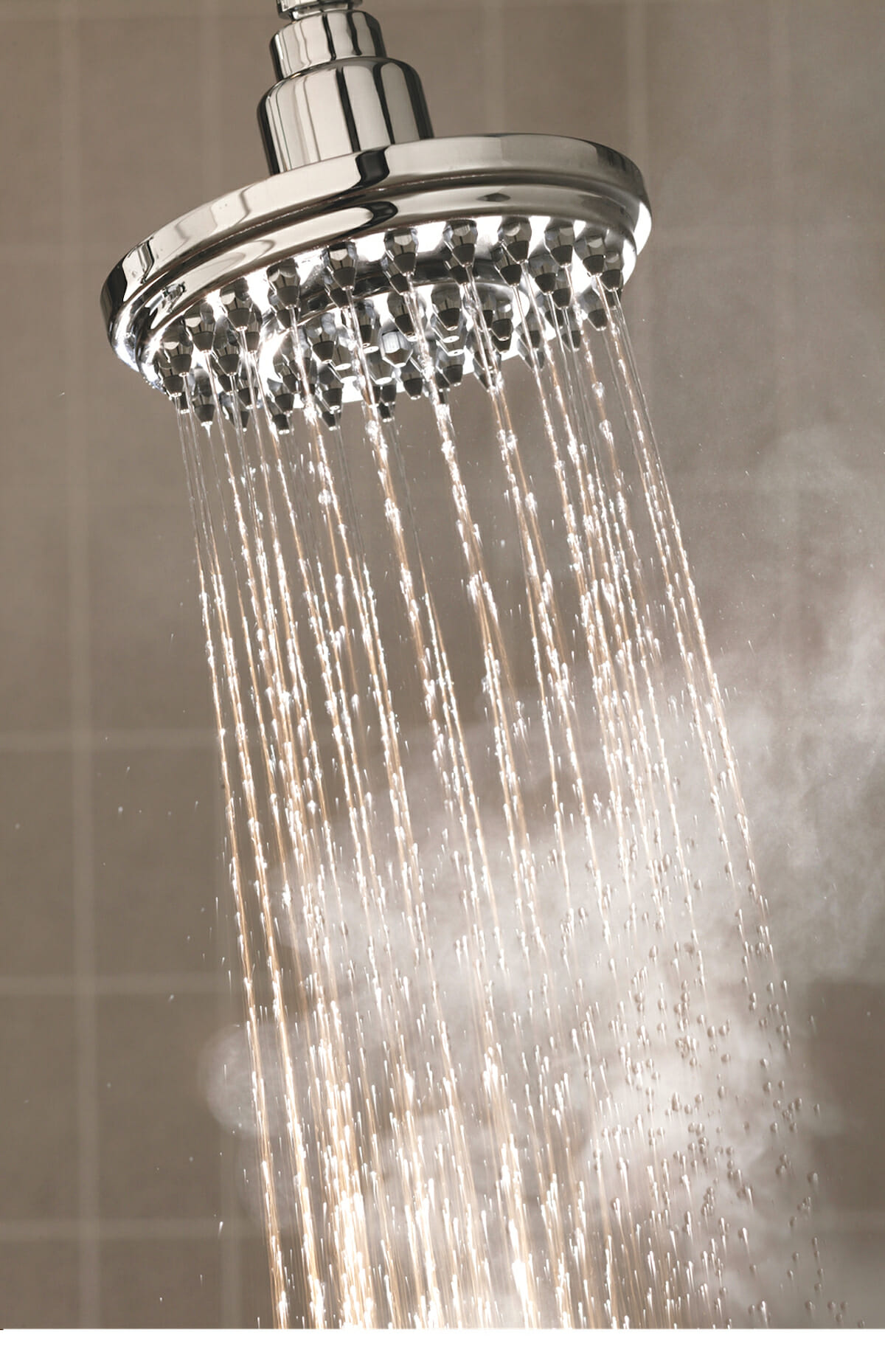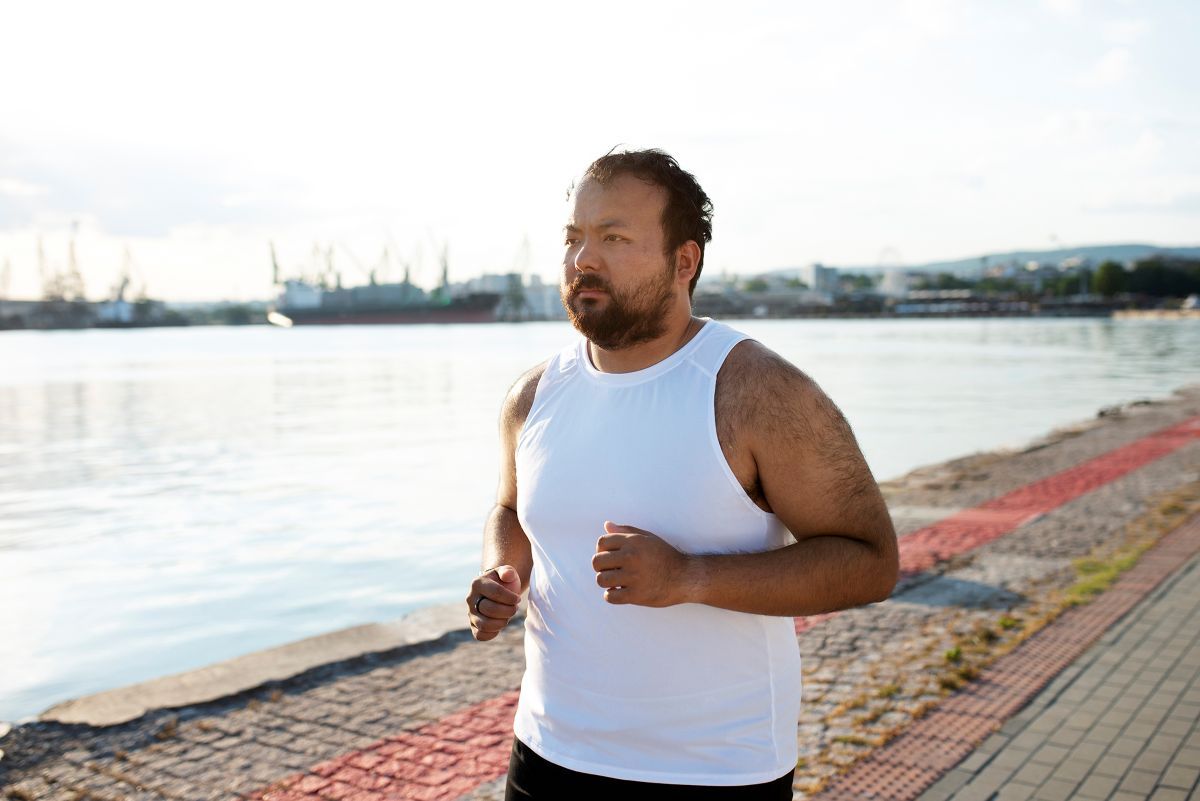Homeowners take on projects to improve their homes for a variety of reasons. Some may do so to make a home more functional, while others may do so to improve their home’s resale value.
Some homeowners take on a home improvement project to make their homes more eco-friendly. Such projects are often mistakenly assumed to be costly undertakings, but there are several cost-effective ways to make a home more eco-friendly.
Upgrade your appliances. A home improvement project does not have to require the use of a hammer and nails or the hiring of a contractor. A simple home improvement project like upgrading older appliances, including the washer and dryer, to newer, more efficient models can give a home a fresh look while reducing energy consumption. That reduction in energy consumption is a byproduct of the stricter standards placed on manufacturers who must adhere to guidelines to produce products that are more energy-efficient. For example, the Natural Resources Defense Council notes that today’s energy-efficient refrigerators will use less than half the energy of models made as recently as 15 years ago.
Add more insulation. Adding more insulation or replacing older insulation used to be an especially laborious process. However, in many instances insulation can now be added or upgraded to a home without any major reconstruction or demolition, reducing the cost of the project considerably. Adding more insulation to a home can reduce energy consumption in the winter, and allow you to keep the thermostat at a more reasonable number.
Install high-efficiency water fixtures. Few people think about how much water they consume over the course of a typical day, but the figures might be eye-opening to those who hope to adopt a more eco-friendly lifestyle. According to the United States Geological Survey’s Water Science School, it’s generally accepted that the average person uses between 80 and 100 gallons of water each day. Showers seem to be especially wasteful, as older shower heads might be using as much as 5 gallons per minute, or 50 gallons of water during a 10-minute shower.
Older fixtures that consume such massive amounts of water can be easily and affordably replaced with newer, more efficient fixtures. Today’s high-efficiency low-flow showerheads can provide a strong shower stream while reducing water consumption. Such showerheads are also less taxing on your water heater, reducing your energy consumption as a result. Homeowners can also install high-efficiency toilets that use as little as 1.3 gallons of water per flush (compared to older models that consumed as many as 5 gallons per flush). The Environmental Protection Agency estimates that installing water-efficient fixtures and appliances would save more than 3 trillion gallons of water and more than $18 billion annually.
Install a programmable thermostat. Programmable thermostats present another affordable way to improve a home and benefit the environment. Many of today’s programmable thermostats can record personal preferences and usage and determine the best course of action for heating and cooling your home. Temperatures can be adjusted room-by-room, and the programmable thermostat allows homeowners to control their heating and cooling while they’re out of the house, ensuring they’re not paying to heat or cool an empty house and wasting energy in doing so.
Home improvement projects don’t have to be a grand undertaking, particularly when a homeowner’s goal is to make a home more eco-friendly. A few minor and affordable changes may be all it takes to improve a home and benefit the environment at the same time.
Exclusive content from CARE magazine











